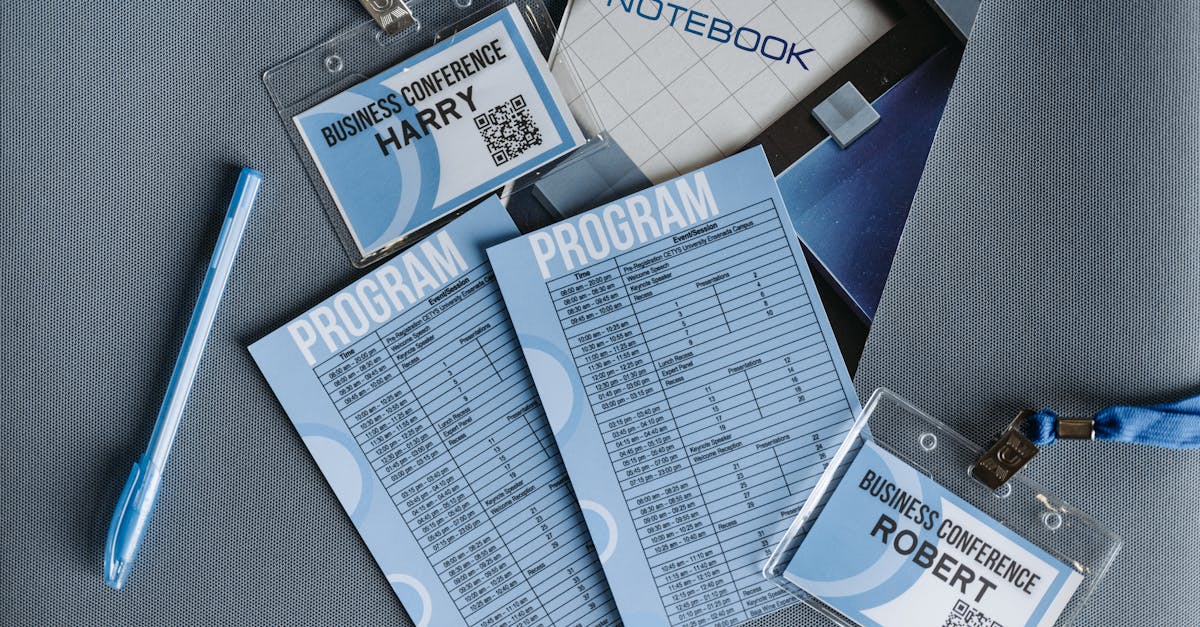
Introduction
Why this matters: Field and hybrid teams routinely lose time and create compliance risk when forms, photos, and signatures fail to sync or upload. Unreliable connectivity, large media files, illegible signatures and duplicate submissions drive rework, slow approvals, and data gaps. Document automation — through smart mobile forms, offline‑first capture, and automated reconciliation — fixes those pain points by validating inputs on‑device, queuing and deduplicating submissions, and protecting sensitive data. If you manage HR, compliance, or legal in a growing organization, these patterns turn fragile field processes into a reliable remote workflow that preserves evidence and speeds decisions.
What to expect: The sections that follow walk through operational challenges, mobile‑first form design (photo, geo‑stamps, conditional logic), offline capture and sync patterns, security and PII best practices, practical automation recipes (inspections, incidents, equipment checkouts, HIPAA intake), and ready‑to‑use Formtify templates to pilot quickly. Read on for concrete steps and templates you can test with a small field team this week.
Operational challenges for field and hybrid teams capturing documents outside the office (connectivity, photos, signatures)
Unreliable connectivity is the top operational blocker for any remote workflow. Field staff often work in areas with intermittent cellular or Wi‑Fi, and forms that expect immediate upload can fail silently.
Photo and media issues: inconsistent camera quality, large file sizes, and poor lighting make attachments unreliable inputs for downstream systems.
Common failure modes
-
Partial uploads or timeouts when trying to attach photos or video.
-
Missing or illegible signatures captured on small screens.
-
Duplicate submissions from retries or unclear state after a failed sync.
Impact on workflows
These problems create rework, slow approvals, and data gaps across a distributed team workflow. They also add burden to compliance and legal teams who must reconcile incomplete records.
To reduce friction, design your remote work workflow to tolerate offline activity, validate inputs on-device, and make failure states transparent to users and managers.
Smart form design for mobile use: photo attachments, geo-stamps, required checks and conditional logic
Design for the small screen. Use single-column layouts, large tappable buttons, and minimal required fields to speed entry for remote work processes.
Media and attachments
-
Limit photo resolution on capture or compress automatically to control upload size (helps with remote workflow software and low bandwidth).
-
Allow users to retake or annotate photos immediately after capture to reduce unusable images.
Location and verification
Use geo‑stamps to provide a tamper-resistant location context for inspections and incident reports. Store coordinates and a timestamp with each submission.
Validation and conditional logic
-
Make critical fields required and validate on-device to prevent incomplete records.
-
Use conditional logic to show only relevant questions (reduces cognitive load and speeds entry in a virtual workflow).
Good mobile form design is central to remote collaboration workflow: it drives higher data quality and fewer correction loops.
Offline capture and sync patterns: queueing submissions, deduplication and automated reconciliation
Offline-first patterns let users capture evidence and submit forms even with no network. The app queues submissions locally and retries when connectivity returns.
Queueing and retries
-
Queue items with metadata (user ID, device ID, local timestamp) and use exponential backoff for retries to avoid server overload.
Deduplication
Assign a client-generated UUID to each submission at the point of creation. On sync, the backend checks UUIDs to avoid duplicate records caused by re-submits.
Automated reconciliation
-
Use server-side reconciliation jobs that compare incoming submissions to recent entries (by UUID, timestamp, and hash of attachments) and flag conflicts for human review.
-
Store both client and server timestamps to help diagnose sync delays across a distributed team workflow.
These patterns keep a remote work workflow reliable while minimizing manual intervention.
Security and PII best practices for mobile submissions and on-device data handling
Principle of least privilege: only collect and store PII that’s necessary for the process. Avoid long-term storage of sensitive fields on the device.
Encryption and transport
-
Encrypt data at rest on-device and use TLS 1.2+ for all uploads. Consider field-level encryption for especially sensitive attributes.
Access controls and device management
Enforce strong authentication and role-based access. Support remote wipe and require device encryption for devices that store local queues.
PII handling and compliance
-
Redact or tokenise identifiers where possible. Keep audit logs of who accessed or modified submissions.
-
For healthcare or regulated intake, use HIPAA‑aware templates and processes — for quick pilots, see a HIPAA authorization form here: https://formtify.app/set/hipaaa-authorization-form-2fvxa
Secure remote access practices and careful on-device handling are essential for a compliant distributed team workflow.
Use cases and automation recipes: inspections, incident reports, equipment checkouts and HIPAA intake
Below are practical automation recipes you can apply immediately to common remote workflow examples.
Inspections
-
Trigger: field worker submits an inspection form with photos and geo-stamp.
-
Automation: auto-create a case in your ticketing system, notify the site manager, and schedule follow-up with SLA timers.
Incident reports
-
Trigger: incident form triggers immediate alert to on-call and creates a PDF evidence bundle.
-
Automation: route critical incidents for manager approval and kick off an investigation workflow with attachments stored in a secure archive.
Equipment checkouts
-
Trigger: device checkout form captures employee ID, asset tag (scan/photo), and condition photos.
-
Automation: update asset inventory, assign responsibility, and send return reminders based on conditional dates. You can pilot a rental/contract flow using this event equipment template: https://formtify.app/set/hop-dong-thue-trang-thiet-bi-su-kien-a7nbc
HIPAA or sensitive intake
-
Trigger: intake form with required consent and signature.
-
Automation: encrypt attachments, forward consent to a secure email archive, and restrict access to authorized roles. Example HIPAA intake template: https://formtify.app/set/hipaaa-authorization-form-2fvxa
For customer feedback or complaints, build a simple escalation route that creates a case and notifies compliance — start from a complaint template here: https://formtify.app/set/don-khieu-nai-cwesh
Formtify templates to pilot mobile/offline workflows quickly
Using templates is the fastest way to test remote workflow automation and remote workflow best practices without heavy development.
Templates to try
-
HIPAA authorization and consent form (secure intake) — https://formtify.app/set/hipaaa-authorization-form-2fvxa
-
Complaint/escalation form (incident & compliance routing) — https://formtify.app/set/don-khieu-nai-cwesh
-
Event equipment rental/checkout contract (asset workflows) — https://formtify.app/set/hop-dong-thue-trang-thiet-bi-su-kien-a7nbc
Pilot checklist
-
Start with a single use case and a small group of field users to validate remote onboarding processes and asynchronous communication strategies.
-
Measure remote team productivity by tracking submission success rate, time-to-sync, and number of correction cycles.
-
Iterate forms: add conditional logic, reduce required fields, and enable offline capture and queueing to improve completion rates.
Deploying these templates lets your team evaluate remote workflow software and remote workflow templates quickly, then expand to hybrid work workflows and more complex automation as confidence grows.
Summary
Well-designed mobile forms, offline-first capture, and automated reconciliation turn unreliable field processes into dependable records for a reliable remote workflow: they validate inputs on‑device, queue and deduplicate submissions, protect sensitive data, and trigger follow-up automations for inspections, incidents, and asset management. For HR and legal teams this means less rework, faster approvals, and stronger audit evidence for compliance and disputes. Start with a single pilot use case and the ready-to‑use templates to validate the approach quickly — visit https://formtify.app to try templates and automation in your organization.
FAQs
What is a remote workflow?
A remote workflow is a structured way for teams to complete tasks and exchange records when participants are distributed or working outside the office. It uses digital forms, mobile capture, and automation to replace paper handoffs or ad-hoc processes while preserving timestamps, evidence, and audit trails.
How do you set up an efficient remote workflow?
Start with one high-value use case and design mobile-first forms that validate inputs on-device and limit required fields. Enable offline capture and queued sync, pilot with a small field team, measure submission success and time-to-sync, then iterate on conditional logic and automation rules.
What tools are essential for remote workflows?
Key tools include mobile form software with offline-first capture and media handling, a secure backend that supports deduplication and reconciliation, and an automation engine to route cases and notifications. Add device management, encryption, and templates to speed pilots and enforce compliance.
How can remote workflows improve team productivity?
Remote workflows reduce manual rework by validating data at the point of capture, eliminating duplicate submissions, and making failure states transparent to users. That leads to faster approvals, fewer correction cycles, and clearer handoffs between field staff and compliance or legal teams.
Are remote workflows secure?
They can be when configured with least-privilege data collection, strong transport and at‑rest encryption, role-based access controls, and device protections like remote wipe. For regulated intake, use HIPAA-aware templates and audit logging to meet legal and compliance requirements.





